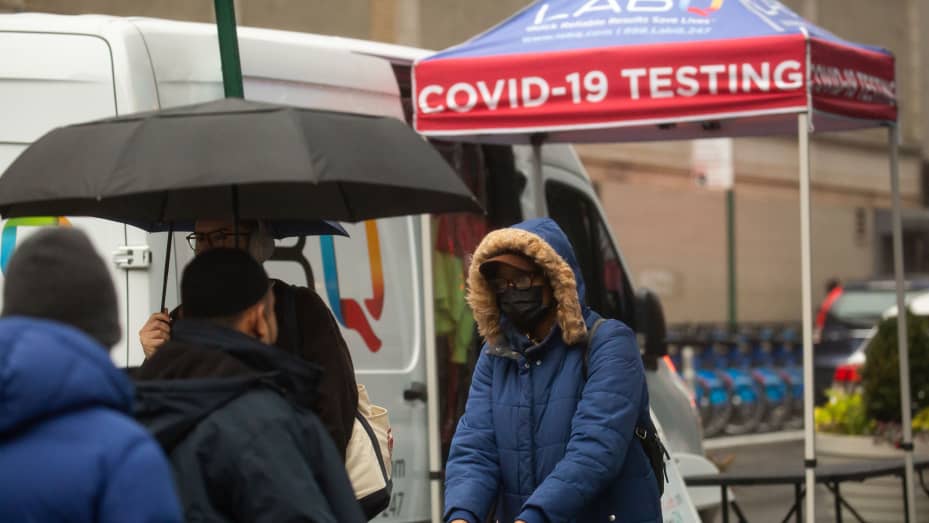
The Centers for Disease Control and Prevention revised downward its estimate of how much the omicron XBB. 1.5 subvariant is circulating across the U.S., though it continues to spread at a faster rate than other versions of Covid-19.
For the week ending January 7th, XBB. 1.5 made up 27.6% of the cases. According to the CDC, XBB. 1.5 made up more than any other variant of the disease.
XBB. 1.5 is the only omicron subvariant that shows growth in the U.S. It makes up 34% of the Covid cases in the US.
A bellwether for the rest of the country, XBB. 1.5 makes up more than 70% of the cases in the Northeastern U.S.
XBB. 1.5 is the most transmissible version of Covid so far. According to scientists, the XBB. 1.5 variant may be better at infecting people than other versions.
The XBB. 1.5 subvariant is probably more immune evasive and may also be inherently more contagious because it binding more tightly to human cells.
It's not clear if XBB. 1.5 is more dangerous than previous versions. Robert Califf, the head of the Food and Drug Administration, said in a series of posts that cases are increasing with no evidence of increased severity.
If you had a Covid shot before September or had an infection before July, you probably don't have strong protection against XBB. 1.5. Seniors who aren't up to date on their shots are at greater risk of serious illness.
There should be more data soon on how much protection the omicron boosters give against XBB. 1.5. According to Califf, the boosters should protect against the subvariant based on studies that looked at other subvariants in the same family.
Califf said that the current bivalent vaccines are likely to provide some protection against XBB.
Scientists at Columbia University found that the XBB family poses a serious threat to the omicron boosters.
Over the past week, weekly covid cases have increased by about 16%. Over the past week, the average daily hospital admissions have increased by more than 15%. Over the last week, weekly deaths have increased 8%.